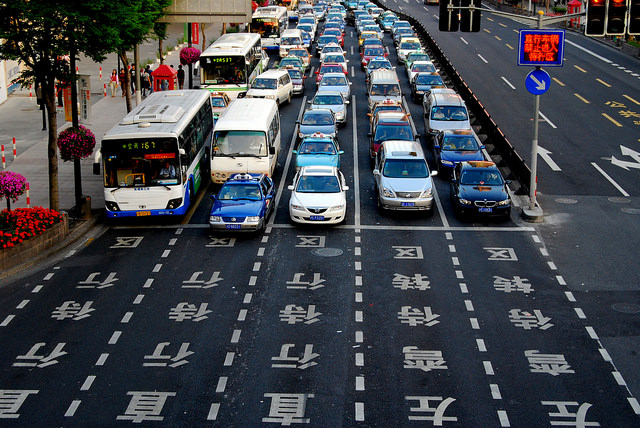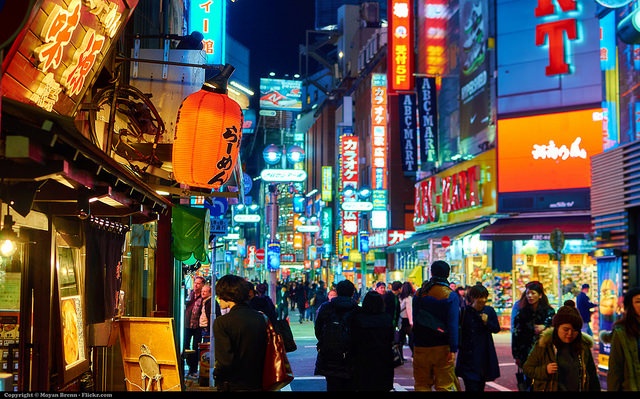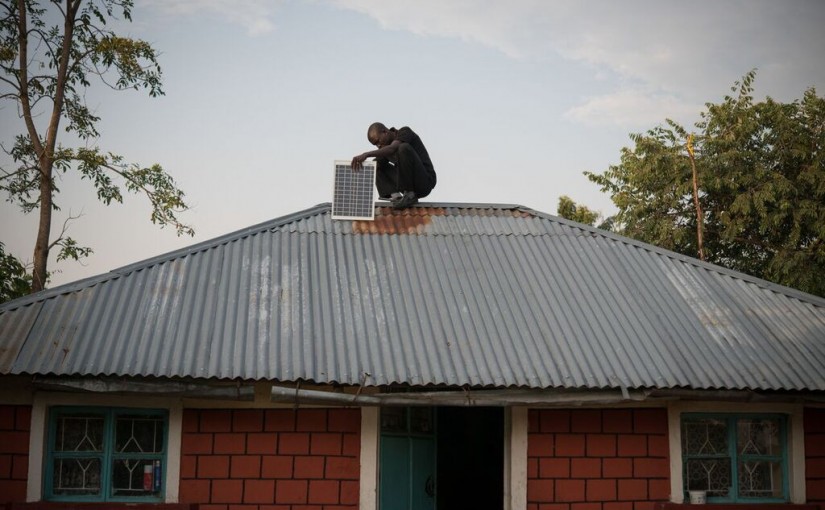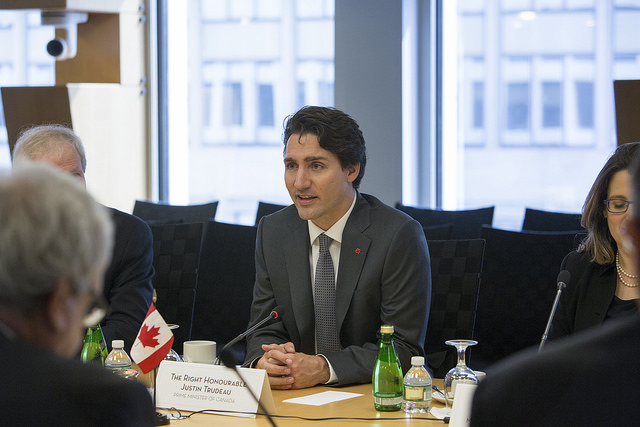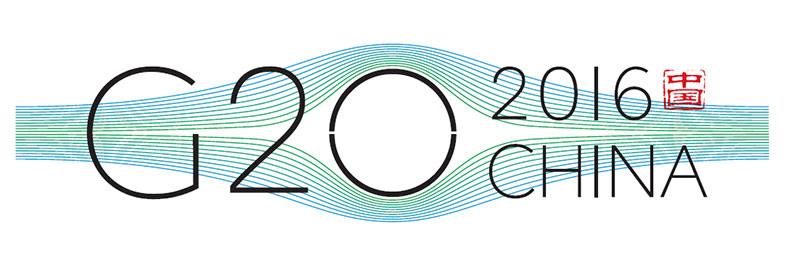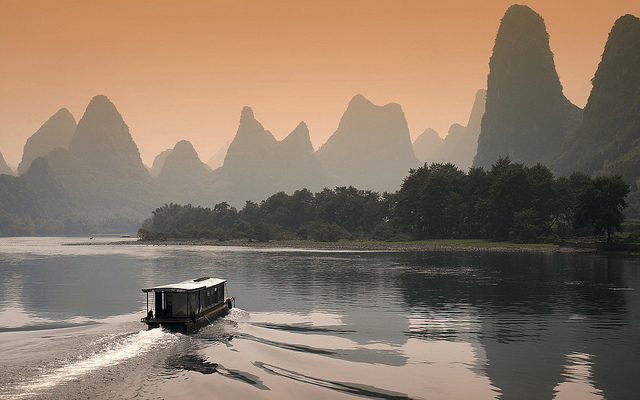Philippe Valdois, February 1, 2016
Introduction
2015 has been marked by the resurgence of political activism in Japan and the appearance of a new generation of activists for the first time in decades.
Did this happen in reaction to Prime Minister Shinzo Abe’s policies, in particular with the adoption of a secrecy bill and the decision to reinterpret Article 9 of the Constitution to allow Japan to exercise the right of collective self-defense or, more generally, to the perceived idea that the actual government, with the affiliation of most of its members with a revisionist group, promoting a return to the old Imperial system, was becoming a threat to democracy and the constitution, or to other factors ?
In my opinion, there is no clear-cut answer but the process of “normalization” advocated by Shinzo Abe and others before him might have been the major factor of public discontent, a large number of Japanese citizens seeing the latest moves by the government as a de facto coup d’état.
I will examine the emergence of SEALDs and other civil movements and will comment on various op-eds recently published in answer to government pressure targeting the media and the academic world directly or by proxy.
However, the big question that might be left unanswered at the end will be to know if and how the emergence of such movements can announce or facilitate the formation of a new political left able to balance the influence of Shinzo Abe and its LDP.
I should point at parenthetically at the growing disconnection between the concerns of the citizens and the powers that be around the world as seen at Davos and at other summits. Global warming and inequalities, along with others concerns are not addressed by the world leaders as they should be. This is also happening in Japan where the distrust for the political class manifests itself in the low voting participation. At the same time, to protect their privileges and assets, and silence dissident voices the world elites are enacting more and more security regulations. Japan, in a way, seems to follow this global trend, having implemented various new border control systems, following the terrorist attacks in New York City on 9-11, for example. However, this should not lead us to conclude that Japan does not entertain its own agenda as we will see later.
The following comes with a caveat: it is not my intention to give a balanced view of the respective positions and opinions of the Japanese left and right on certain issues. The official position of the government is supported and propagated by various medias and is readily available on various ministries’ websites, so I will not elaborate on it. In fact, the argument of fairness has been advanced by various medias to cover what amounts to neglect of their professional duty of informing or questioning the leadership, or to cover encouragement of self-censorship in view of preempting retaliation.
Sources of discontent
I suggested in a previous essay that Japan was facing drastic changes. I mentioned Prime Minister Abe and his associates’ efforts to implement a patriotic education system reminiscent of the Imperial system of indoctrination and to change the constitution, starting with its “reinterpretation.”
Those efforts, such as the railroading of the new security bills, might have backfired to only a small extent, given the continuous apathy of the electorate, or its lassitude, and despite the Summer 2015 largest demonstrations to take place in front of the Diet building since the early 60s’, when a great number of intellectuals and students had mobilized against the revised Security Treaty signed by Prime Minister Nobusuke Kishi[1], the grandfather of the present prime minister. Similarly, the antinuclear movement following the March 2011 nuclear catastrophe does not seem to have been effective enough in changing the pronuclear stance of the LDP government.
However, it might have signaled the start of a greater involvement in politics of civil society in general, or at least the youth element. Such involvement can be seen in the emergence of SEALDs as a catalyst for other groups.
To understand better how SEALDs and the reemergence of civic movements came to be, we need to go back two decades or so. I mentioned both in the introduction and in my previous essay the concept of “normalization” as an important factor. Here we need to examine how this concept’s definition changed over time.
For that, we can go back to the late 1980s’ and early 1990s’ and the PKO Law of 1992[2]. Japan decided at that time that it should be more involved in the UN peacekeeping operations.
Later in 1999, Japan enacted its Contingencies in Surrounding Areas Law[3] focused on North Korea’s threat and with the aim of reinforcing the security alliance with the United States.
Then, came September 11, 2001 terrorist attacks in New York and the adoption of the Anti-Terrorism Special Measures Laws[4]. The question was then how to cooperate with the US in their war in the Middle-East.
As Professor Koichi Nakano[5] mentioned in a public lecture untitled Civil Society Activism and Japan’s Security Policy: What Future for Japanese Democracy?[6], and given on November 20th, 2015, those three sets of bills constitute the background for the current security policy change.
In the late 80s’ and early 90s’, collective self-defense was not promoted by those advocating a growing presence of Japan on the international scene. the mood was more optimistic and the accent was on reconciliation with South Korea and China and a greater involvement in international affairs under the framework of the UN.
However, a shift took place towards a more US dependent approach to foreign policy in the later half of the 1990s’, especially with the Koizumi-Bush period following the terrorist attacks in New York City on 9-11 and the progressive deterioration of relations with South Korea and China.
Since Shinzo Abe’s return to power in 2012, various attempts have been made by his administration to change the constitution. According to Professor Nakano, we could expect another major attempt by Abe’s government this year. It is important to note that under the Designated Secrets Law[7], the public and most parliamentarians might not be fully informed of the reasons why the National Security Council might decide that Japan should get involved in a conflict along the US. A dangerous situation indeed.
In the context of “normalization” there is in addition, since the premiership of Junichiro Koizumi, a strong will to please the US in various domains such as trade by not joining the Asian Infrastructure Investment Bank, signing up for the Trans-Pacific Partnership, etc. This might be seen as a way to gain some benefits from Washington, including a certain degree of tolerance regarding the revisionist agenda of Shinzo Abe. I wonder, however, to what extent the US government would let Japan’s Prime Minister Abe go in that direction if he and his friends were to criticize too overtly the decisions of the International Military Tribunal for the Far-East!
Another grievance of the public and telltale of Shinzo Abe’s agenda is the bullying medias and intellectuals are confronted with in Japan. The campaigns some journalists have been subjected to recently are nothing new. A while ago a Journalist from Asahi Shimbun suffered tremendous pressure from the far-right[8]. It is also common knowledge that even if political cartoons are authorized (contrary to a number of other Asian countries) many subjects are taboo in Japan and ridiculing publicly a politician would expose the entertainer and his or her employer to reprimand or worse. It seems nevertheless that the situation is getting worse, as quite a few foreign medias have noted.
Hiroko Kuniya, an extremely talented TV anchor, is the latest casualty, but others working for TV stations and newspapers have also suffered. As Andrew Horvat says in Jeff Kinston’s article[9] about the ouster of Hiroko Kuniya: “… the people in power in Japan today would prefer to have Japan’s TV screens populated by colorful clowns and polite news readers.” Nothing surprising if not for the extent to which the Japanese government is ready to go to make this happen. As I mentioned previously the argument of neutrality is advanced both in the medias and in academic circles, creating a culture of fear and self-censorship, but it might be in part the product of journalists being numbed into obedience through compulsory membership in complacent press clubs and the long tradition of asking scripted questions[10].
The emergence of a New Civil Society Activism: SEALDs
SEALDs, or Students Emergency Action for Liberal Democracy-s, is a student movement but does not represent all students. It is in fact fairly small in membership but has been playing an important role as catalyst.
It started in 2011 with an anti-nuclear, anti-hate, anti-secrets law and anti-security bills program focused on democracy.
It is composed for the most part by students who are not left-wing but liberal and individualists. They have both Japanese and English websites[11], Facebook and Twitter accounts.
They have been able to galvanize the public into action and shared with some older groups the task of organizing regular walks and demonstrations against the government since early 2015.
Other groups mobilizing against the government include the Nichirenben, the Japan Federation of Bar Associations[12], Save Constitutional Democracy Japan group[13], that is known as Sogakari Kodo or Old School (composed of seasoned activists groups, union members, etc.), Asukawa, an association of young lawyers, and Mothers against War.
In fact, I also saw protesting in front of the Diet building many members of the Komeito, the junior coalition partner of the Liberal Democratic Party who did not share their party line regarding the security bills.
Those are for Japan’s Liberals reasons to be optimistic. In fact, new groups keep emerging like the Association of People’s Movement to take back constitutional politics[14], which includes scholars and members of SEALDs, on January 19, 2016, and the announcement of the launching of a think tank called ReDemos[15][16].
Will this be enough to mobilize the electorate and stimulate the opposition?
It is difficult to say. There are charismatic figures such as Taro Yamamoto[17] who has started his political career on an anti-nuclear platform and has supported SEALDs and other groups from inside the political system, but there is a need for the opposition to offer new economical alternatives to Abenomics and to show unity.
Some other important issues need some ironing out in terms of collaboration. This is the case for the opposition to the high concentration of US military bases in Okinawa and the controversies surrounding the relocation plan of Marine Corps Air Station Futenma from Ginowan City to Nago inside Okinawa[18], a plan opposed by the actual governor. People of Okinawa are more and more vocal about discrimination and it will take efforts for the left on the mainland to establish a serious dialog and find common strategies to address this major problem. The position of the main opposition party, the Democratic Party of Japan is ambiguous concerning this issue since its president, Katsuya Okada, as foreign minister in 2009 and 2010, was a major actor of the poorly conducted negotiations at that time[19][20]
Conclusion
There is hope for Japanese Liberals, but there is also a race against time since Shinzo Abe seems determined to leave behind a legacy. The next step will be the Upper House elections, slated for Summer 2016, when Prime Minister Abe hopes to secure the help of smaller right-wing parties to win a super majority enabling him to start a constitutional revision process[21]. Meanwhile, the protests continue and the resistance to the plans to rewrite the constitution organizes itself[22]. Taro Yamamoto might be the model of a new generation whose attitude, as he has repeatedly shown in parliament and elsewhere, raising the ire of traditional politicians, seems to go counter to the common idea that Japanese will generally embrace conformity for fear of standing out[23].
A welcome change.
[1] https://en.wikipedia.org/wiki/Nobusuke_Kishi
[2] http://www.mofa.go.jp/policy/un/pko/issues.html
[3] http://www.japantimes.co.jp/news/2014/06/22/national/politics-diplomacy/japan-eyes-greater-support-for-u-s-forces-in-contingencies
[4] http://japan.kantei.go.jp/policy/2001/anti-terrorism/1029terohougaiyou_e.html
[5] http://www.fla.sophia.ac.jp/professors/nakanokoichi
[6] https://www.youtube.com/watch?v=QSAL8kCqXXA
[7] http://www.loc.gov/law/foreign-news/article/japan-act-on-protection-of-specially-designated-secrets/
[8] http://www.nytimes.com/2014/12/03/world/asia/japanese-right-attacks-newspaper-on-the-left-emboldening-war-revisionists.html
[9] http://www.japantimes.co.jp/opinion/2016/01/23/commentary/hiroko-kuniyas-ouster-deals-another-blow-quality-journalism-japan/#.Vq84LscWG34
[10] http://www.japantimes.co.jp/news/2014/07/19/national/media-national/murky-call-hardball-interview-chief-cabinet-secretary-suga/#.Vq8_AscWG34
[11] http://sealdseng.strikingly.com
[12] http://www.nichibenren.or.jp/en/document/statements/year/2015/150919.html
[13] http://ajw.asahi.com/article/behind_news/social_affairs/AJ201506250066
[14] http://mainichi.jp/english/articles/20160120/p2a/00m/0na/016000c
[15] http://www.japantimes.co.jp/news/2015/12/15/national/sealds-members-next-step-launching-think-tank
[16] http://redemos.com
[17] https://www.taro-yamamoto.jp
[18] https://en.wikipedia.org/wiki/Relocation_of_Marine_Corps_Air_Station_Futenma
[19] http://www.japanupdate.com/archive/index.php?id=9978
[20] http://ajw.asahi.com/article/behind_news/politics/AJ201211190068
[21] https://ajw.asahi.com/article/views/editorial/AJ201601130022
[22] https://ajw.asahi.com/article/behind_news/social_affairs/AJ201601240030
[23] http://www.japantimes.co.jp/life/2012/03/04/people/actor-in-the-spotlight-of-japans-antinuke-movement/#.Vq9hY8cWG34
Photo: Moyan Brenn via flickr
 日本語
日本語 English
English 中国語
中国語